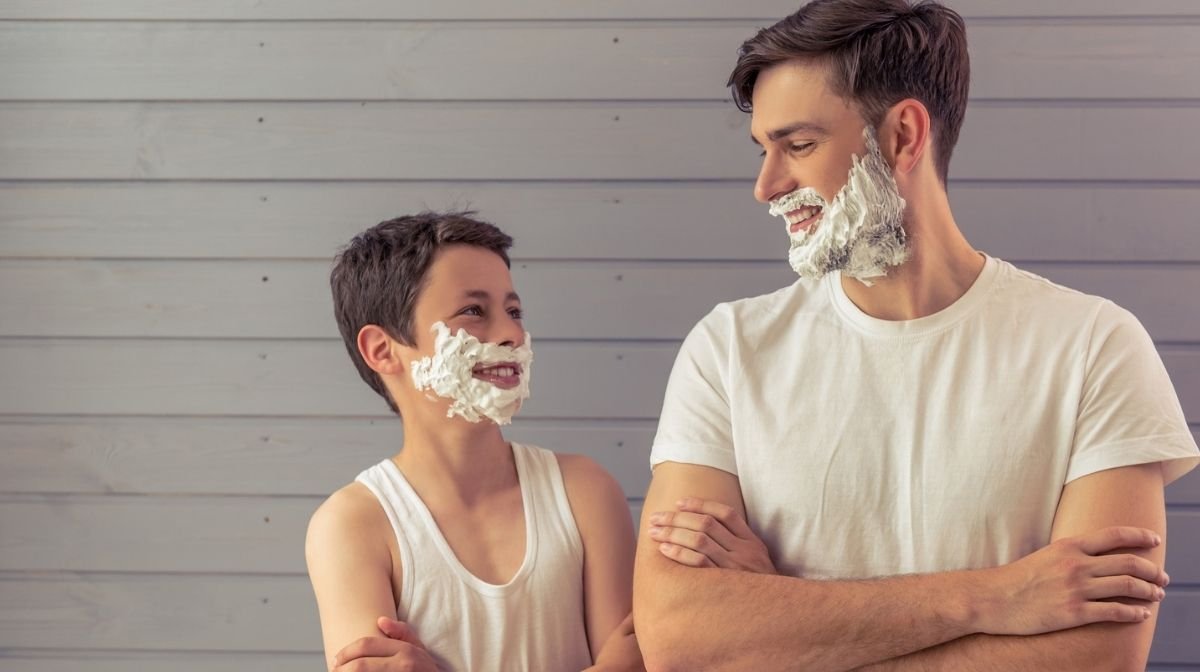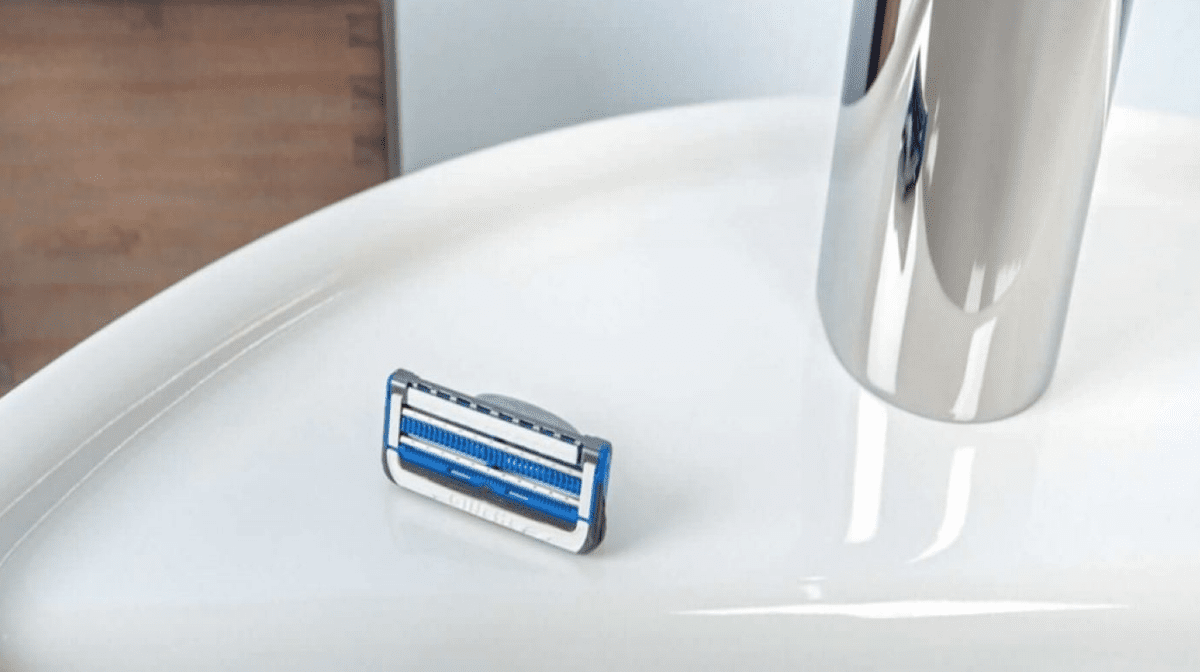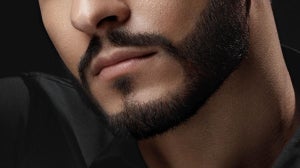
Shaving is a life skill that, once learnt, is never forgotten. Passed down through generations from father to son, guiding your son through their teenage shave is regarded by many as a parenting milestone. But when years of experience have made the grooming ritual second nature, where do your lessons begin?
If you’re in need of a refresher course, you’re in luck. Our guide on how to teach your son to shave will ensure they are equipped with all the techniques and tips they need for a successful first shave.
At What Age Do Boys Start Shaving?
Boys can start shaving once they hit puberty and their previously fluffy facial hair turns darker and coarser.
Typically, this change occurs between the ages of nine and fourteen. Around this time, they may also begin to develop chest, armpit and pubic hair.
Puberty can be a tough and confusing time, but discussing this with your son can go a long way in helping them navigate the changes to their body.
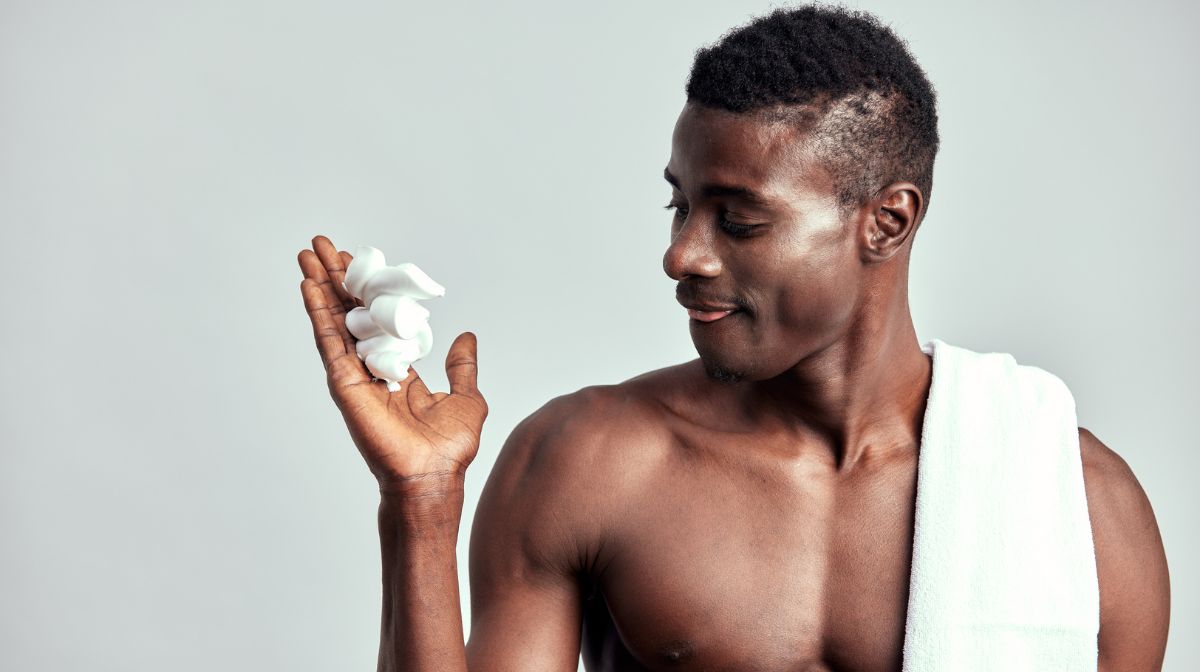
Manscaping: Our Ultimate Body Grooming Guide
Enhance your manscaping with our ultimate guide to body grooming for men.
How to Shave
Even if you’ve been shaving for decades, it’s easy to fall into bad habits. From how to look after your razor to the importance of a post-shave routine, our back-to-basic guide will have you ready to teach your son to shave in no time.

1. Prep The Skin
Teaching your son the importance of using shaving gel or foam is the first step to guiding them during their first teenage shave.
After washing their face with warm water, create a lather with shaving gel to provide a protective barrier between razor blades and skin. This will soften the facial hair and make it easier to cut - especially if you have spots or sensitive skin.
For more advice on this check out our guide to shaving with acne.
Top Tip: For an extra-smooth shave, advise your son to do their grooming in the shower. The heat and steam from the shower makes it easy for the razor to cut through their hair.
2. Practice Makes Perfect
Using a razor can take some time to get used to, so it’s a good idea to practice before shaving for the first time. Going over how to take the strokes with a shaving brush or toothbrush first can get your son used to the motions.
Gentle, downward strokes that go with the grain (the direction that hair grows in) rather than against the grain are best for a comfortable first shave. Remember not to place too much pressure on the razor - let the blade do the work.
3. Choose a Quality Razor
Selecting a quality razor is key to a successful shave. Our SkinGuard Sensitive FlexBall Power Razor and ProGlide Razor have FlexBall technology, which will allow them to navigate the tricky curves and contours of the face effortlessly – ideal for a shaving novice.
Both make great choices for a first shave, but each has their own unique benefits:
• Fusion5 ProGlide is equipped with five innovative anti-friction blades that capture virtually every hair for an impressively smooth shave • SkinGuard Sensitive has a specially designed skin guard that decreases blade pressure on the skin, providing a more comfortable shave.
As with any Gillette razor, quality is guaranteed. The razor your son learns to shave with could be the one they use for the rest of their life, so it’s an important decision.
4. Clean Blades Carefully
Knowing how to clean razor blades early on is extremely valuable. Pass on the advice to rinse them gently in between every few strokes, making sure to never tap them on the side of the sink or dry them with a towel.
Instead carefully shake them dry to avoid blunting or damaging the blade.
Alternatively, use one of our razor stands or razor hangers to let them air dry.
5. Learn How to Change a Razor Blade
When a blade is dull or damaged, this is a sign that it needs changing. If you’re using a razor that has a built-in Lubrastrip, it’ll start to fade eventually, which is a good indicator that its time to replace the blade.
Changing a razor cartridge requires care and precision. Start by holding the razor steady in one hand using your thumb or index finger to activate the cartridge eject mechanism, gently pulling upwards until it’s released.
Discard the used blade safely - taking care to avoid touching the sharp edge - and replace it with a fresh blade, making sure it’s properly secured.
Find out how to recycle old razor blades.
6. Take Care with Aftershave
Applying aftershave as part of a post-shave routine can soothe and protect the skin from razor burn.
However, it’s important for younger shavers to avoid being too heavy-handed to help prevent any post-shave sting.
Our Gillette Skin Ultra Sensitive Balm has been specially formulated for sensitive skin, omitting alcohol and dyes that can cause irritation. Approved by the British Skin Foundation, this is a great option for keeping the skin of first-time shavers soothed and nourished.
7. Don’t Shave Too Often
Make sure your son knows that in the beginning, shaving every day may not be necessary or beneficial. Shaving too often when you don’t need to can irritate the skin, making razor burn and ingrown hairs more likely to occur.
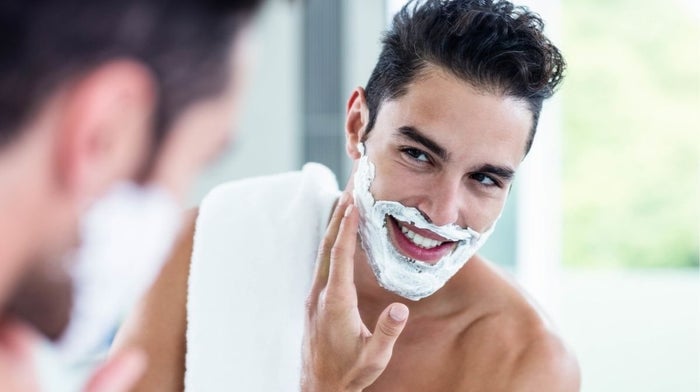
Gillette’s Shave Club: Our Ultimate Shaving Tip
Our final shaving tip to make the whole experience even easier is to sign up to Gillette’s shave club.
Taking out a shaving subscription with Gillette means you’ll get razor blades delivered to your door as often as you need them, which is especially handy when you are new to shaving and not used to regularly stocking up on fresh blades.
Remember, teaching your son to shave can be a fun bonding experience so don’t take it too seriously. While getting the technique right may require a bit of practice, he’ll have a smooth shave in no time with your guidance.

